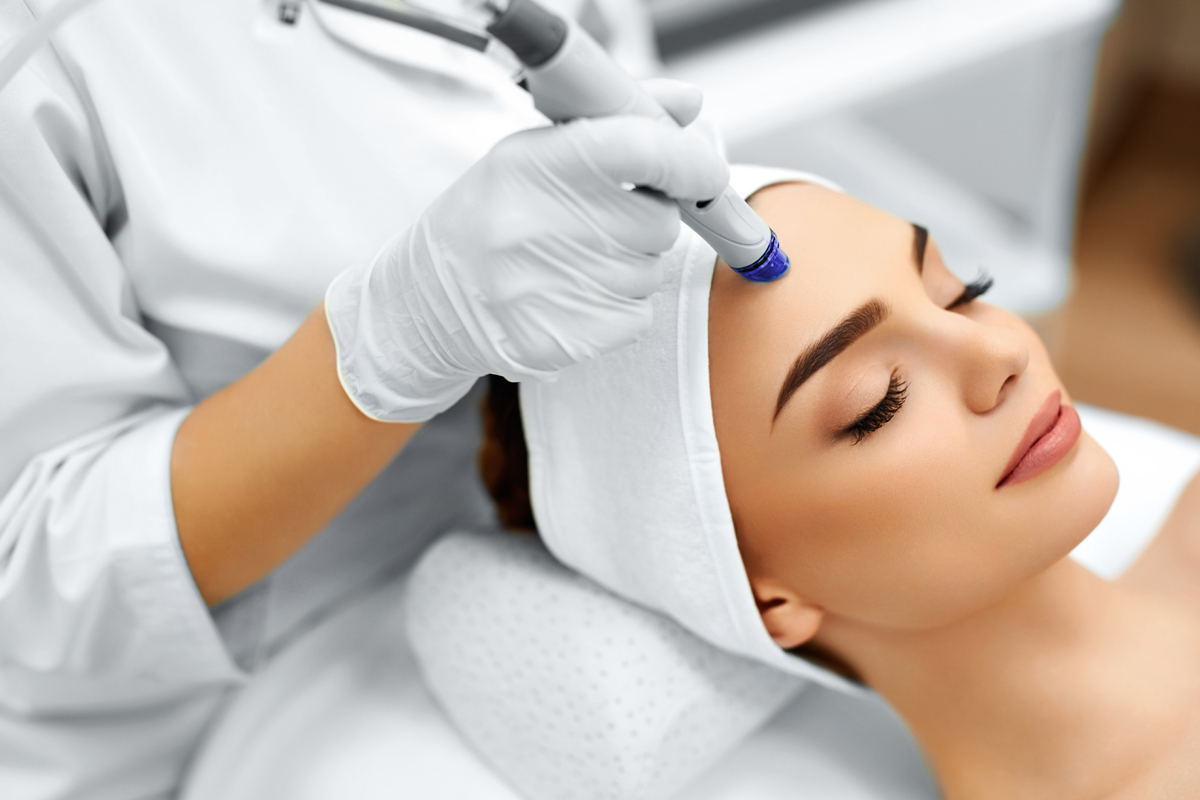From licensed esthetician to medical aesthetician
Medical aesthetics is a growing field within the skincare field. It is somewhat of a self-defined classification because there is no nationally recognized, formal training program. It is typically a title gained by adding more advanced training to aesthetic licensure and placing one in a medically focused work environment. It can be daunting while looking at what other certifications you can add to become a medical aesthetician. This article will lay out a framework about how to advance your career and work alongside medical professionals.
WHAT IS A MEDICAL ESTHETICIAN?
A medical aesthetician is an aesthetician who has gained enough talent to further assist medical professionals in their treatment and maintenance of clients’ skin and body through thoughtful advanced training. By becoming a medical aesthetician, one can provide more in-depth services and drive a higher profit margin.
[ihc-hide-content ihc_mb_type=”show” ihc_mb_who=”2,4,5,6,7″ ihc_mb_template=”3″ ]
ADVANCED OPPORTUNITIES
Once having gained your aesthetic licensure, getting out into the field can be overwhelming, especially when you want to become a medical aesthetician. With med spas popping up and more physicians turning to cosmetic procedures as a profit driver, you can work anywhere and gain the right exposure.
Working under a dermatologist or plastic surgeon offers the best exposure to medical aesthetics. This can either be within their own practice or with them acting as a medical director in a medical spa. Aligning yourself with a practitioner specializing in the skin is the best way to gain experience and the opportunity to become a medical aesthetician.
TRAINING
Some states may offer an advanced aesthetics program that will give you training in all of these things and more. Unfortunately, there is no nationally accredited advanced aesthetics program because each state has different limitations on equipment usage and scope of practice. Regardless of limitations, going through a program that offers more advanced training may be the most cost-efficient for training in other modalities or if you are thinking about moving to a different state.
When you have pinpointed a workplace, it is essential to know what type of training they offer. The road to becoming a medical aesthetician can become costly. Stereotypically, larger offices can get a discounted rate on training for having a larger group. It is also suggested to look into what your state defines as your scope of practice. Certain modalities are off-limits to medical aestheticians due to the safety concerns of that state’s medical board. Knowing what you can and cannot do will help you be more specific in obtaining advanced training. These courses can range from resurfacing peels to body contouring to laser modalities.
WHERE DO YOU START?
Acid-base peels are something that we as estheticians are informed about but not taught. Usually, these trainings are product line based, but the science behind the application can be broadly applied so that you can work with any peel brand. At any level, surface or dermal, peels are considered an advanced esthetic procedure and can add to your appeal as a medical aesthetician. They are also a great place to start before you move on to more advanced certifications.
Laser specialization is generally what people think of first in the medical aesthetic field. Lasers are more strictly regulated based upon their penetrative depths and usages. There is no nationally recognized laser licensure that allows you to bypass any state restrictions on usage. For instance, in West Virginia, you are allowed to use laser modalities under the licensure of a physician. Still, in Maryland, you cannot use any type of laser equipment if you are not at least a registered nurse.
There are two classifications of lasers, ablative or non-ablative. Ablative lasers work for deeper skin resurfacing, such as heavy sun damage, scarring, or facelift alternatives. Non-ablative lasers work within the first three layers of skin and are for general skin texture, epidermis level sun damage, maintenance procedures, tattoo removal, and hair removal. Being laser certified significantly increases your marketability and scope of practice to be more appealing to clients and cosmetic offices.
BOTTOM LINE
Becoming a medical esthetician is no easy task based upon the fact it is so customizable, and you can isolate what you want to specialize in. Always check what your state lets you practice so that you don’t get certified in something you cannot use. Taking cues from the workplace is a great way to know what the client base needs and wants. When in doubt, reach out to a mentor or network with other medical based aestheticians who can guide you in the right direction.
[/ihc-hide-content]













